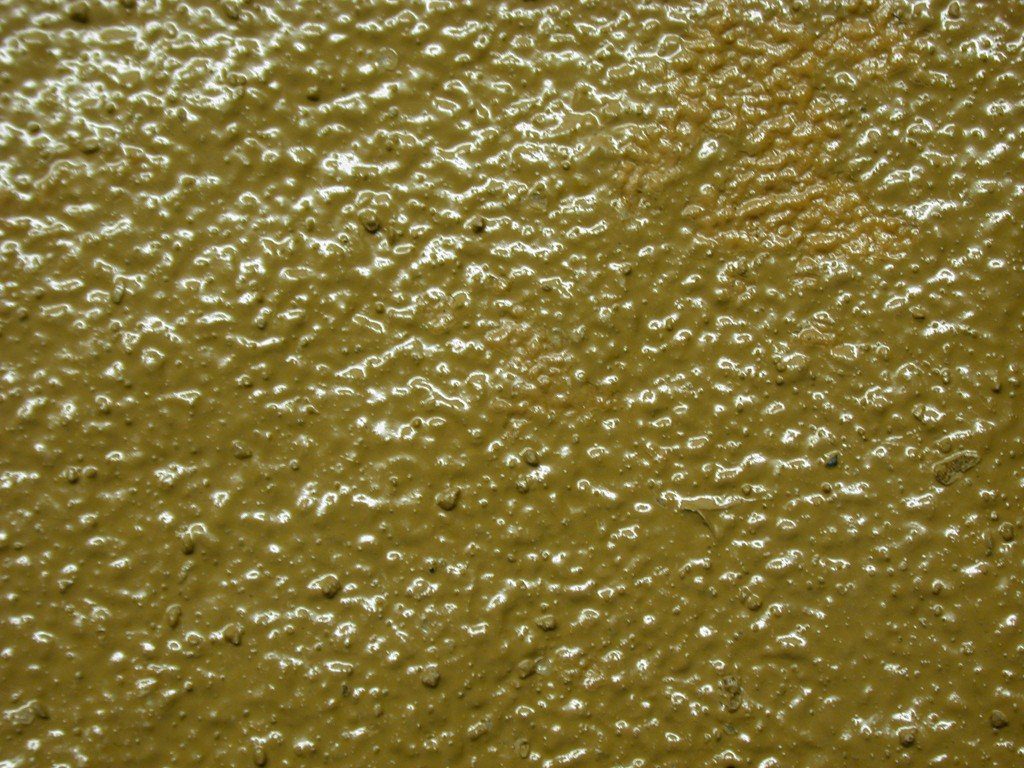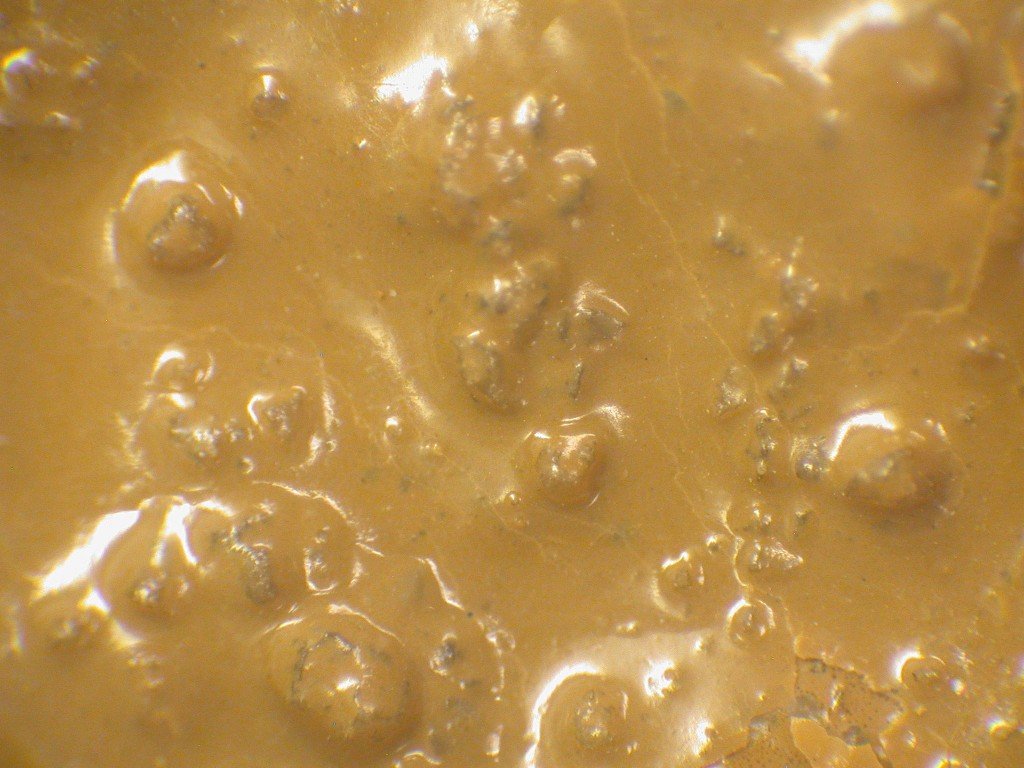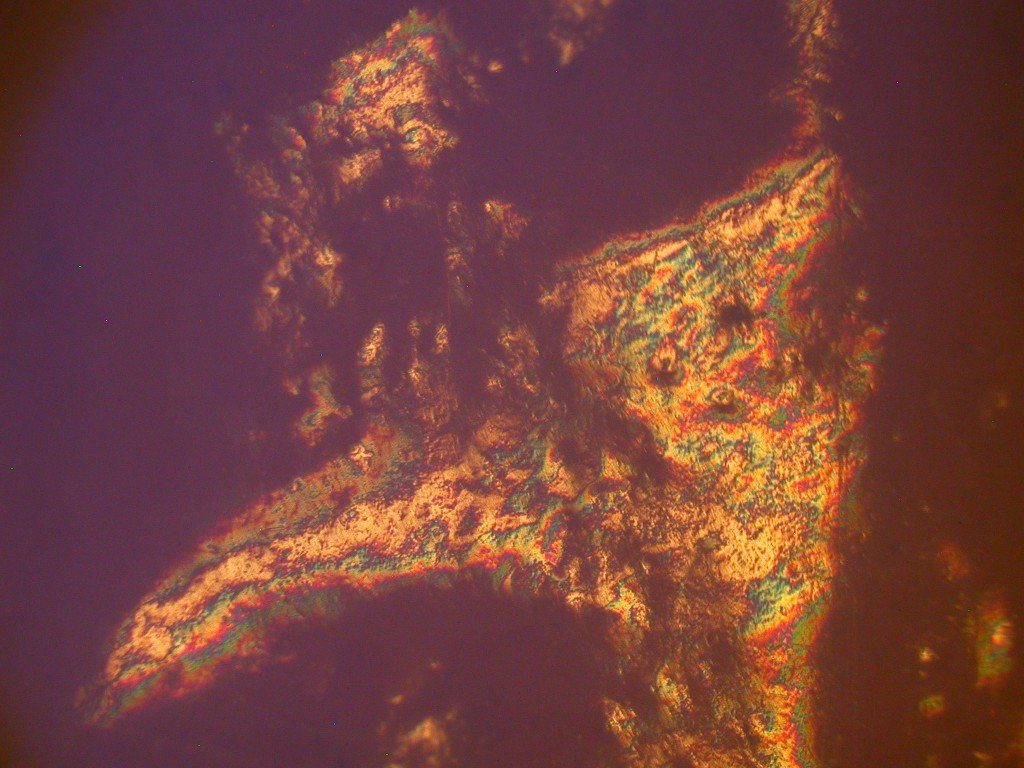An important property of surfaces is the ratio of the force parallel to a surface plane applied to an object of a given material divided by the force normal to the surface on which it sits required to cause the object to move. This is the static coefficient of friction (SCOF).
Safety on flooring and ramps is one of the most common reasons for concern about the static coefficient of friction. There are manufacturing process reasons as well, such as stamping. This physical parameter for electrical connection materials and some mechanical connections is also important. We have made a number of custom SCOF measurements for such applications.
Walkway traction and the avoidance of slippage has led to a number of standards regarding the recommended static coefficient of friction for the materials used in flooring tiles, polished or painted wood surface flooring, highly textured ramp surface materials, cement walkways, bathroom floors, and pool and patio deck coatings. The American National Standards Institute and National Floor Safety Institute have established a standard, ANSI/NFSI B101.5-2012, which defines a low traction surface as one with a SCOF less than 0.4, a medium traction surface as one from 0.4 to 0.6, and a high traction surface as one with a SCOF greater than or equal to 0.6. Walkway materials which are occasionally wet or normally wet are to have a wet surface SCOF greater than or equal to 0.6 when wet according to their recommendation. Underwriters Laboratory (UL) and the ASTM International (ASTM) have long recognized a SCOF of 0.5 or more as providing non-hazardous dry walkway surfaces. See ASTM D2047.
Most surfaces become more slippery when wet, so the wet SCOF is usually lower than the dry surface SCOF. However, when a surface is very rough, the decrease in traction may be very little when wet and for some very carefully engineered surfaces it may even be higher. Some materials also become more pliant when wet and this may cause an increase in the SCOF value.
Anderson Materials Evaluation, Inc. uses an American Slip Meter, Inc. ASM 825A Digital Slipmeter, a horizontal pull slip meter or dynamometer which is calibrated for both dry and wet measurements of the SCOF. It is calibrated in the dry mode against the ASTM C1028 test tile and when in the wet measurement mode against both the ASTM C1028 wet test tile and the NFSI wet test tile. The meter itself provides the applied weight on a horizontal surface of the material to be tested. The meter has three feet which are Neolite for standard slippage testing purposes. The Neolite is called the sensor. Other sensor materials may be substituted for the Neolite for specialized testing. Measurements can be made in accordance with the following standards, except that the contact area and the applied weight may differ:
ASTM C1028-07, Standard Test Method for Determining the Static Coefficient of Friction of Ceramic Tile and Other Like Surfaces by the Horizontal Dynamometer Pull-Meter Method, this standard test method has been withdrawn by ASTM though it does still have value as a means to measure the static coefficient of friction.
ASTM F609-05 (Reapproved in 2013), Standard Test Method for Using a Horizontal Pull Slipmeter (HPS)
ASTM F462-79 (Reapproved in 2007), Standard Consumer Safety Specification for Slip-Resistant Bathing Facilities: this specification is overdue for revision and a very poor one. We do not recommend its use. We do not perform this measurement.
Some slip measurement advocates are wrongly claiming that the dynamic coefficient of friction is a more important value than the static coefficient of friction. The static coefficient of friction is greater than the dynamic coefficient of friction and is the initial barrier against slippage. Once slippage has begun, a higher dynamic coefficient of friction may help one to recover from a slip, but it is better to prevent the slippage in the first place. Of course for other applications in which the friction under slippage is important, such as machine operation or manufacturing processes, the dynamic coefficient of friction is a vital parameter and may be the more important practical parameter.
The above standards require measurements of the SCOF in each of four orthogonal directions. The average value is then used to determine if the SCOF is adequately high for a safe walking surface. It should be noted that some surfaces have a strong directional dependence on the SCOF. A surface with an adequate average may actually have an unsafe SCOF in a particular direction. A recent example of this measured in this laboratory was for decking and wharf planks which had a much lower SCOF along the plank length than across the plank width.
The static coefficient of friction depends both upon the chemistry of the surfaces and the morphology of the surfaces. AME is able to investigate these surface properties in detail so that insight is gained into the reasons that given surface combinations have the friction properties they have and so that improvements in those properties may be achieved.
We provide XPS analysis of surfaces so that the elemental and chemical composition of the surface in immediate contact with the sensor or opposing material is well-characterized. We can also examine surfaces with FTIR spectroscopy to characterize polymeric material surfaces. In many cases, material surfaces have different local compositions than do the interior of the materials and it is the surface composition, along with the surface topography, which plays the critical role in determining the SCOF. Optical microscopy and SEM are available to better examine and document the topography or roughness characteristics of a surface. These surface characterizations are very useful in engineering a higher traction surface. Of course, for other applications there are cases in which one desires a more slippery surface and these additional surface characterizations are useful then as well.



